Dia de los Muertos, or Day of the Dead, is a traditional Mexican holiday that celebrates those who have passed. Some refer to it as the Mexican Halloween, but it really has nothing in common with Halloween except for the time of year it falls and its love of skulls. The current Day of the Dead holiday is a mix of Spanish, Catholic and traditional influences. Following are eight interesting facts about one of the biggest annual Mexican celebrations.
1. TWO DAYS NOT ONE
Beginning midnight on Oct. 31, the Day of the Dead is actually two days, Nov. 1 and 2. The first day is to honor children and infants who have passed and is referred to as Dia de los Inocentes, or Day of the Innocents. The second day, Dia de los Muertos, is to honor adults who have died.
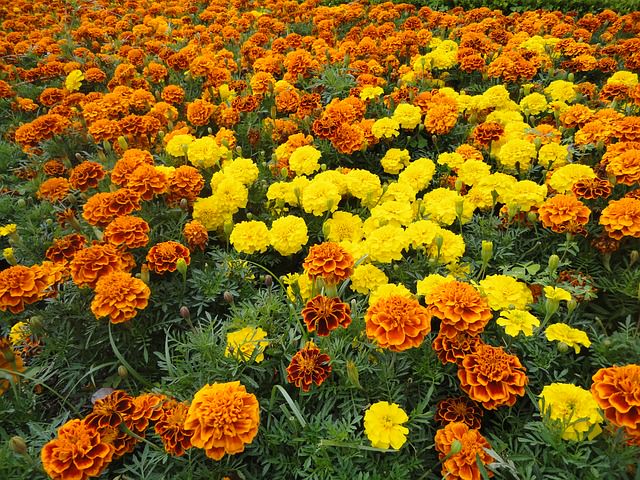
the Mexican Cempasúchitl.
Picture Courtesy of Pixabay
2. THE OFFICIAL FLOWER
The Day of the Dead has an official flower, the Mexican Cempasúchitl. It is a yellow or orange marigold that resembles the sun. It represents life and hope and is used to decorate altars and graves during the holiday.
3. HAS AZTEC AND MAYAN ROOTS
Dia de los Muertos pre-dates colonial Mexico. It’s believed to have been celebrated 2,500 to 3,000 years before Spain conquered Mexico. The Aztecs and Mayans celebrated the holiday in the ninth month of their calendar year, which would be August for us, and the celebration lasted an entire month. In their celebration, offerings were made to Mictecacihuatl, or the Queen of the Dead.
4. COINCIDES WITH CATHOLIC CELEBRATIONS
While having roots in pre-colonial Mexico, the Day of the Dead has been heavily influenced by the country’s Catholicism and is now a mix of traditional, Spanish and Catholic traditions. It also currently coincides with two Catholic celebrations: Dia de Los Santos, or All Saints Day, on Nov. 1 and Dia de los Fieles Difuntos, or All Souls Day, on Nov. 2.
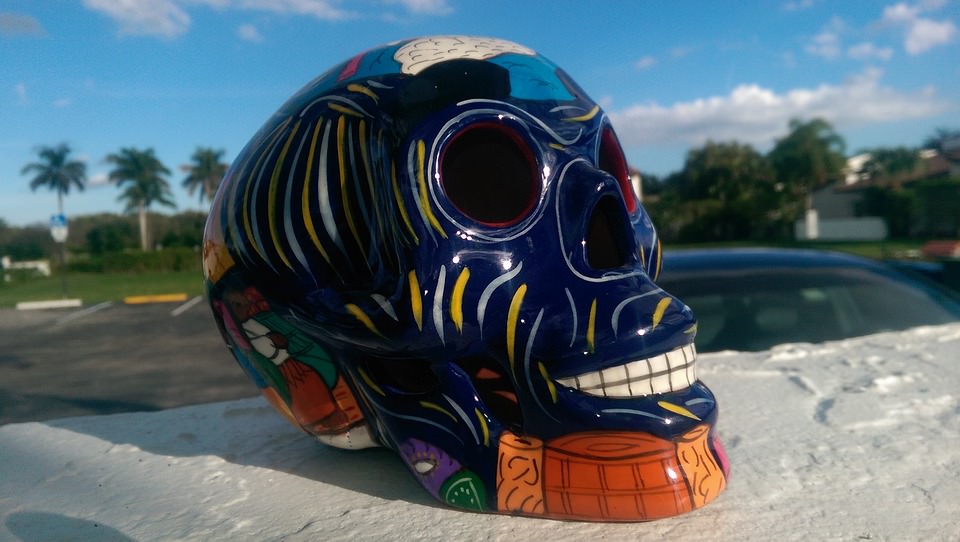
Picture Courtesy of Pixabay
5. DAY OF THE DEAD SKULL EPITAPHS
Calaveras, or skulls, are an important symbol of the Day of the Dead. They are made into candy and used to decorate altars; however, Calaveras aren’t just literal skulls, but literary ones as well. Starting back in the 18th or 19th century, celebrants would recite funny poems about friends and family that discussed their personalities as well as fun anecdotes from their lives. Along with an illustration, these poems were used to commemorate the lives of fallen politicians or other influential people from the area.
6. THE MOST FAMOUS SKELETON
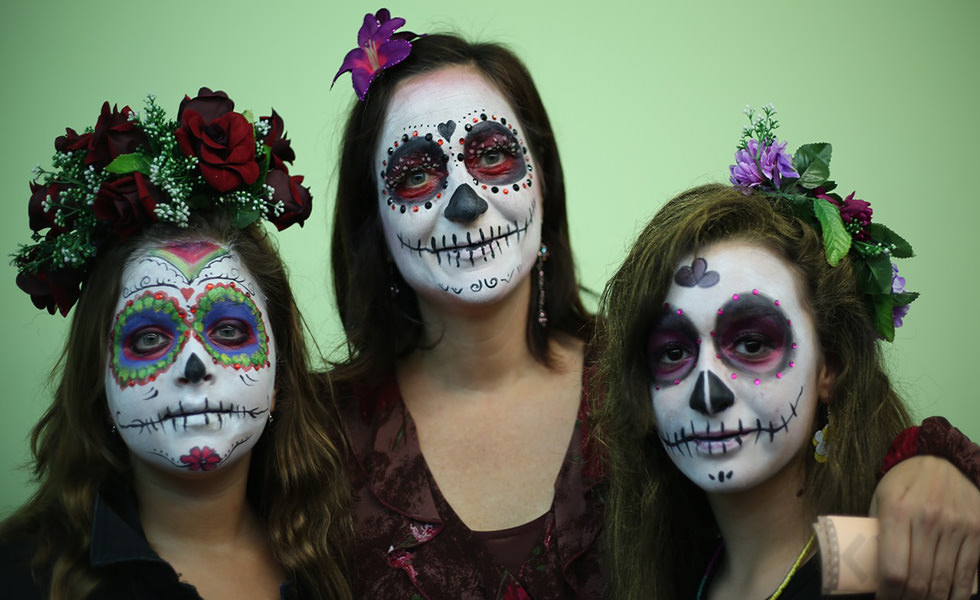
The most famous Day of the Dead skeleton, La Calavera Catrina, was actually created as a piece of satire. Initially drawn by the Mexican artist Jose Guadalupe Posada in 1910, Catrina was actually biting commentary about indigenous Mexicans who tried to be more like Europeans. Later, she became a symbol of Dia de los Muertos when she was painted into a mural in 1948. Now, she’s the most popular skeleton of the holiday, with many celebrants creating their own version of La Calavera Catrina to celebrate the holiday.
7. GRAVEYARD SLEEPOVERS
It’s not uncommon for families to not only visit the graves of their loved ones, but also sleep in the graveyard during the holiday. Families bring blankets and pillows for a night in the cemetery, including extra bedding for the visiting souls. Families and friends clean the grave, decorate it and spend the night telling fun stories of the departed.
8. IT’S NOT A SCARY HOLIDAY
The Day of the Dead is a somber and respectful holiday. It’s not meant to be scary or to ward off evil spirits. It’s a holiday to come together as a community to remember and celebrate the lives of departed friends and family. Mexican spirits prefer partying to mourning, and Dia de los Muertos is a way to honor those wishes.
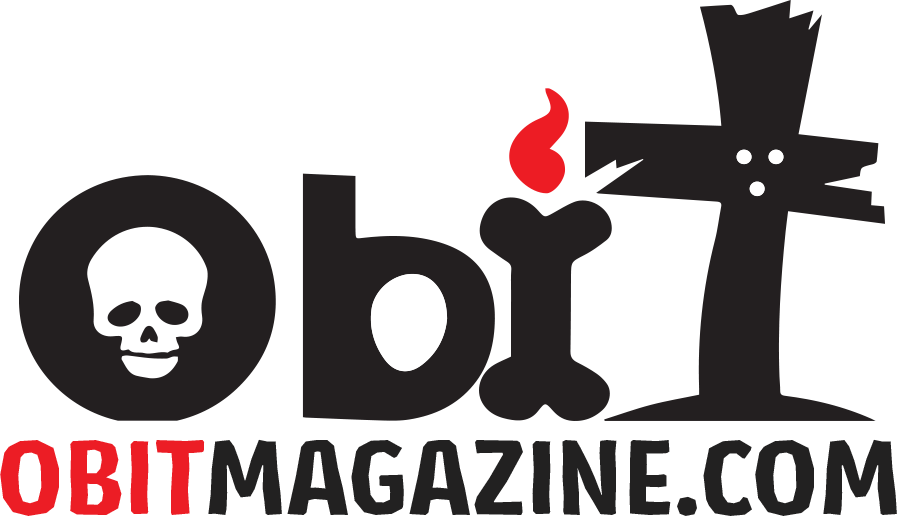
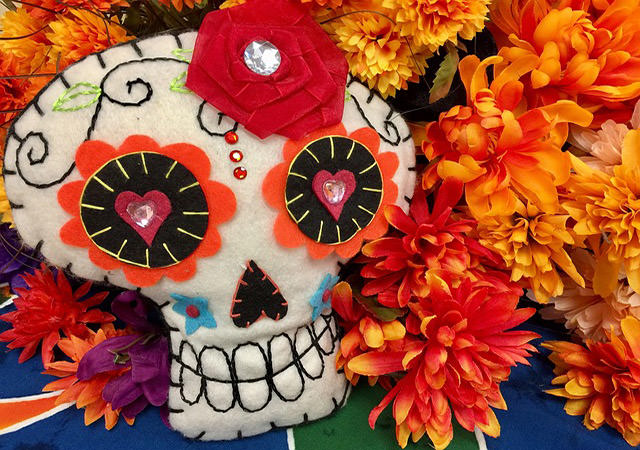
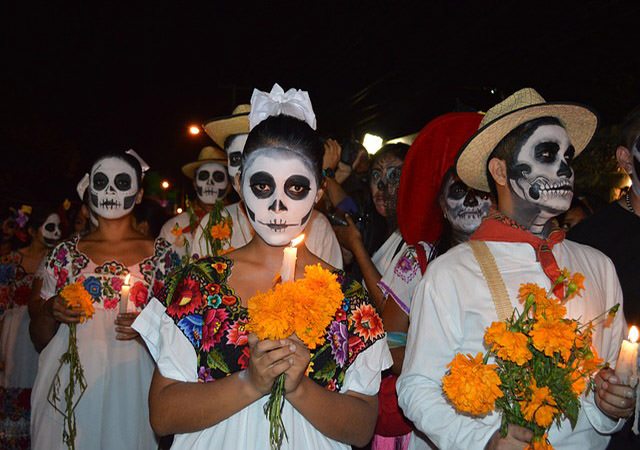
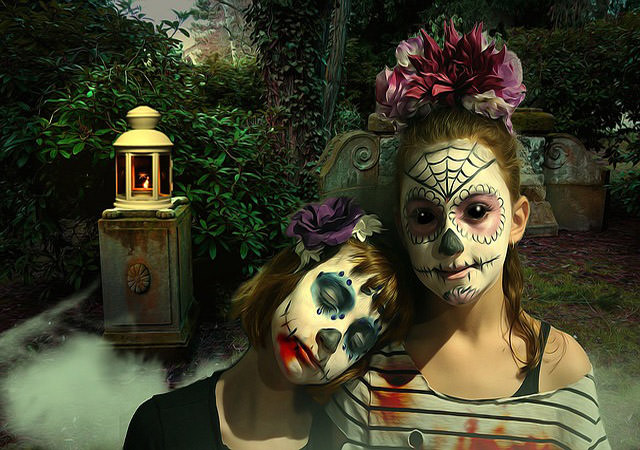
Leave a Reply